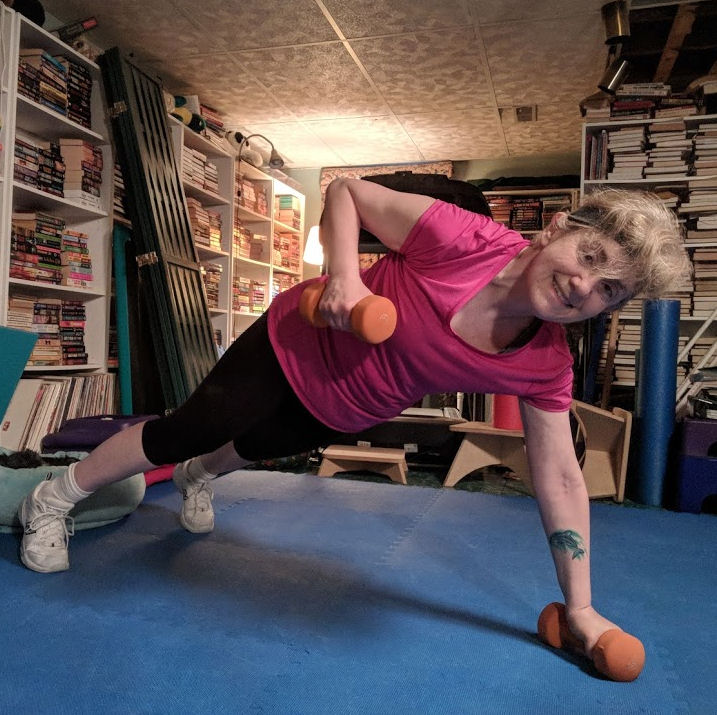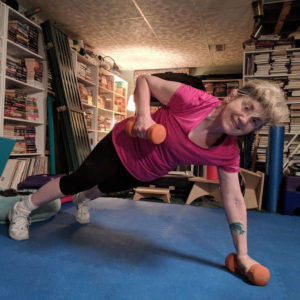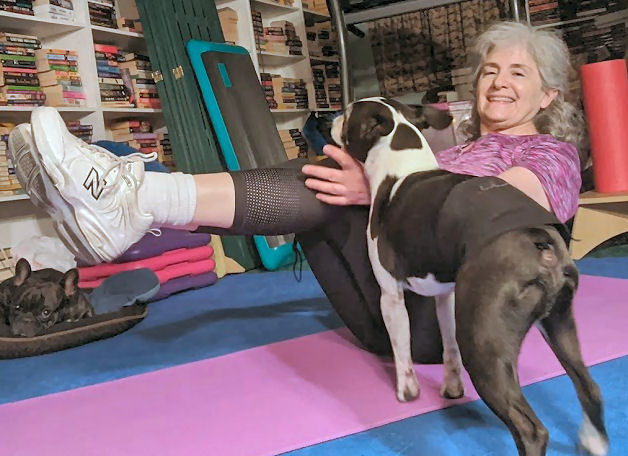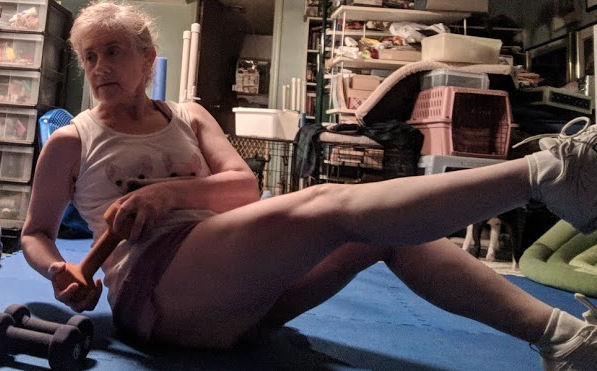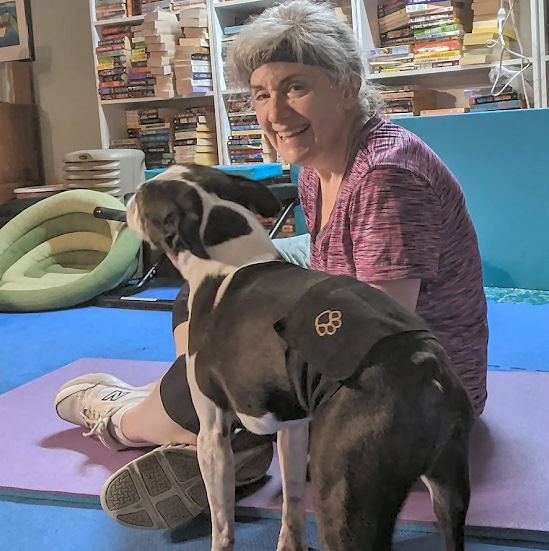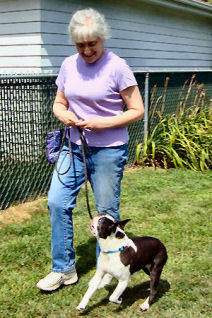I recently read an article that had motivation tips that were fashioned for weight loss. But any project, whether it’s short- or long-term, needs the proper motivation to see it through to the end. So here are motivation tips for anything.
Motivation to finish a knitting project
Like knitting a sweater. To me, the fun part is knitting all the pieces. But then I really need strong motivation to put those pieces together. My mom was great at finishing knitted projects. I’d love to do the knitting part, but then I would sew them together and my sweaters would look homemade. There’s absolutely nothing wrong with homemade projects, of course, but my mom’s would look totally professional. I knew that my sweaters wouldn’t look fantastic, so I’d procrastinate until it was summer and I didn’t need a new sweater.
Remember why you started
Obviously I was not motivated to finish that sweater. On the other hand, if the knitted pieces were so gorgeous that I couldn’t wait to wear the sweater, I would have to finish the thing. Every evening I would picture myself wearing the sweater, its softness, how it would drape just perfectly, and keep me toasty warm. And I would pick up the pieces, pin them carefully together, and sew the sweater together. That’s “remembering your ‘why.’”
For weight loss, remembering your ‘why’ is different for every person who wants to lose weight. If you have a trip planned and you want to do a lot of walking, you want to be in the best shape you can be so you can see all the sights. And you know that if you’re at a lean weight, your endurance will be so much better.
Focus on the fun
Another motivation tip for anything is to focus on the fun. For weight loss and getting fit, the process is always more sustainable when your workouts are fun. If you’re having fun when you exercise, you’ll want to lace up your sneakers. You’ll want to move to the great music in the workout. Or perhaps the moves themselves make you want to do them more. Exercise won’t be a chore, it’s something you have fun doing. You can apply this to anything else you have to do. Find the fun in the project. Even if the project itself is mundane, perhaps use different colored pens to spark your interest.
Celebrate even the smallest victory
When the going gets tough, focus on your victories. And for some projects, the smallest victories are the ones that excite you the most. Because those wins are indicators that you are succeeding. If your goal is to do 10 regular pushups when you couldn’t do a single one to start, then completing 2 with great form is time for a celebration.
Celebrate your wins. And your wins will fuel your happiness, and your resilience. You’ll want to keep going for more wins.
More tips in the “Get Up, Get Moving, Get It Done” Guide
When you have things you want to get done, projects you want completed or simply chores to complete, you need the proper motivation. If you’re unsure of your motivation, download the “Get It Done” Guide. It has motivation tips for anything.
When you keep finding other things to do rather than the project you have to finish – you keep procrastinating, download the “Get it Done” Guide.
The Guide is filled with ideas to keep you on the straight-and-narrow to get that stuff done. It give you actionable steps to follow to stay motivated and complete projects.
It will also help you identify time-wasters that prevent you from finishing projects.
The Guide even has a worksheet to get you started on completing the things you want to get done.

